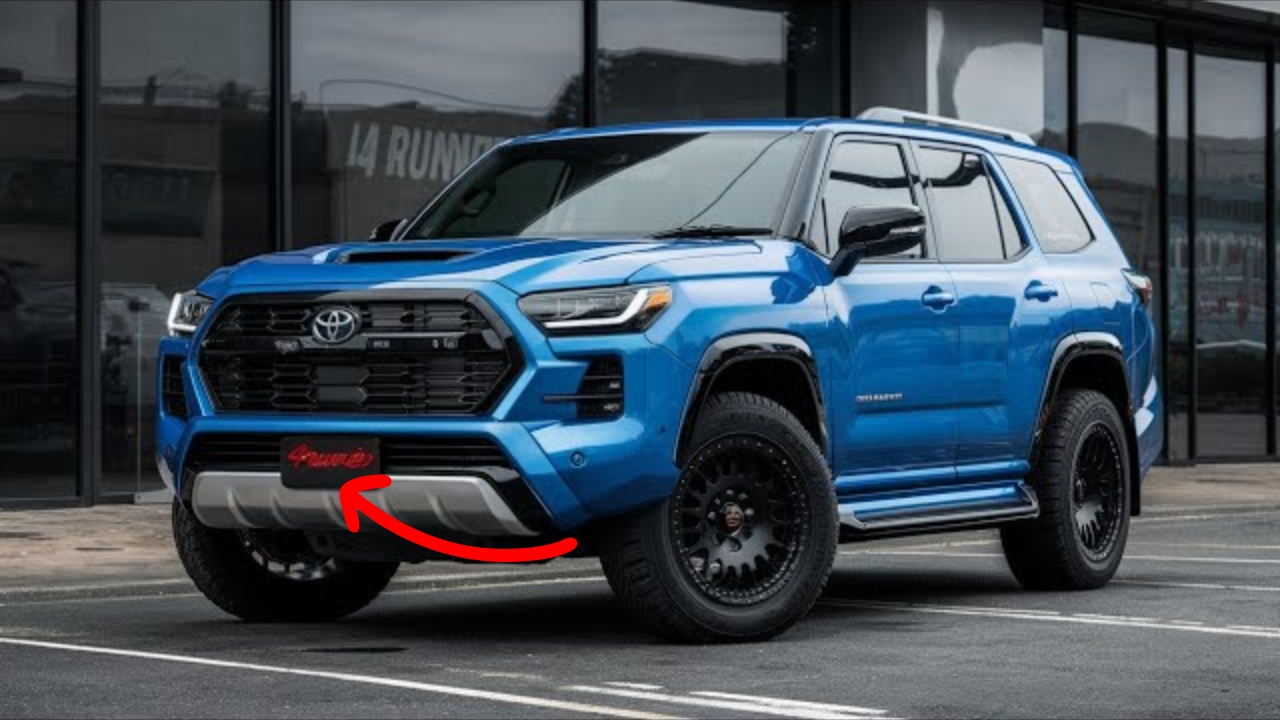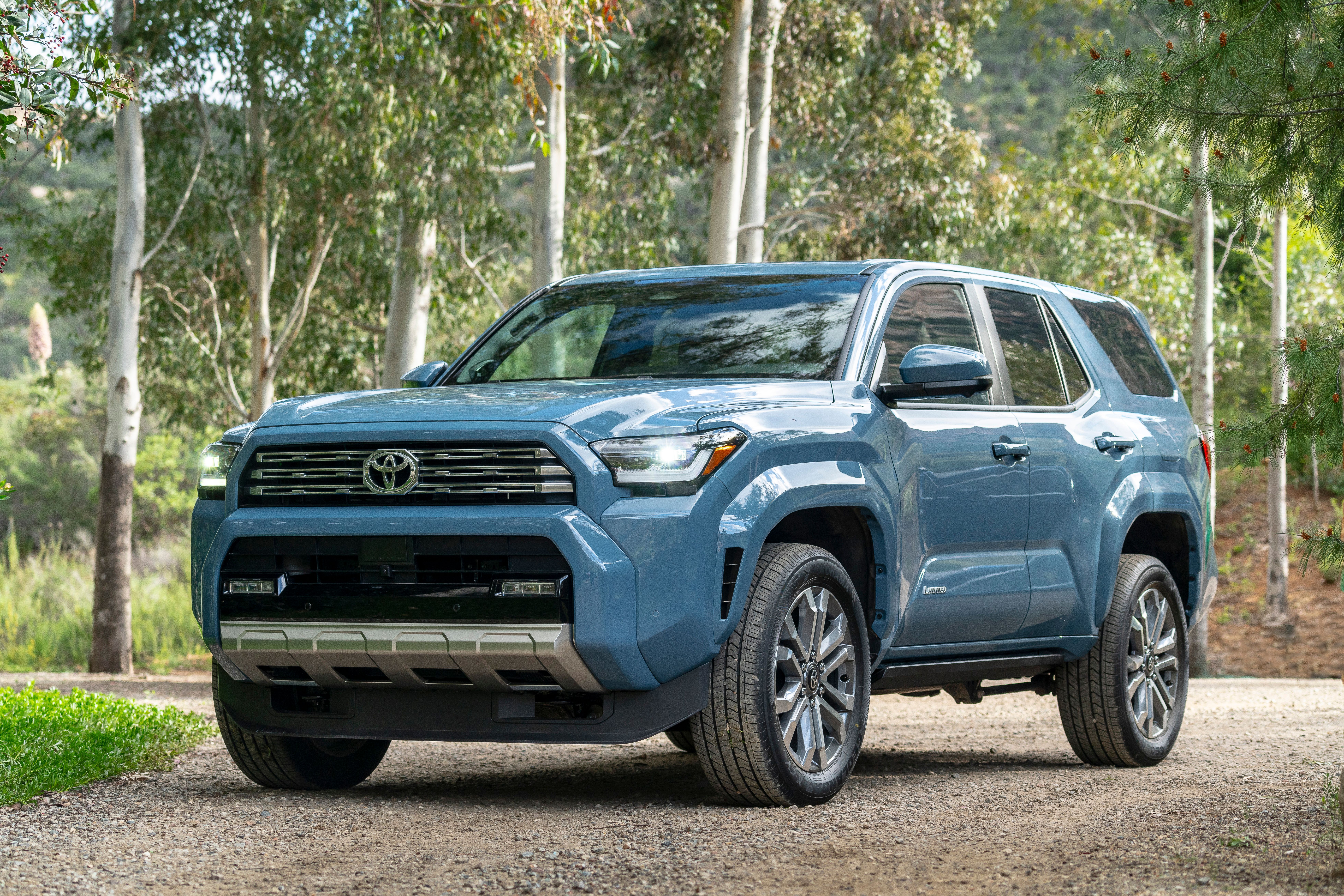The automotive world is buzzing with excitement about what could be one of the most versatile vehicles to hit the market. The Kia Tasman might not win any beauty contests, but it’s setting the stage for something much more significant than just another pickup truck. This South Korean marvel is designed with transformation in mind, and recent confirmations from Kia officials reveal just how easily this pickup truck could evolve into a full-fledged SUV.
What makes this development particularly interesting isn’t just the vehicle itself, but the philosophy behind its creation. Kia has approached the Tasman with a modular mindset, creating what industry insiders are calling a “Swiss Army knife” approach to vehicle design. This isn’t just about building one truck; it’s about creating a foundation that can support multiple vehicle types, powertrains, and market needs.
The Foundation: Understanding the Platform
Ladder-Frame Architecture: Built for Flexibility
The secret behind the Kia Tasman’s versatility lies in its ladder-frame construction. Think of this platform as automotive building blocks – each component designed to work seamlessly with others while maintaining the structural integrity needed for both work and play. This isn’t accident; it’s deliberate engineering that prioritizes adaptability.
Roland Rivero, Kia Australia’s product planning general manager, recently shared insights that shed light on just how prepared Kia is for this transformation. According to Rivero, the company’s chassis vice president, Dong Hoon Kang, has confirmed that creating an SUV version would be remarkably straightforward. The foundations are already in place, and the transition could happen “very quickly.”
Powertrain Possibilities: Beyond Traditional Expectations
The platform supports an impressive range of powertrain options that go far beyond what most people expect from a pickup truck. The confirmed options include:
- Full-electric powertrains for zero-emission driving
- Hybrid systems for improved fuel efficiency
- Plug-in hybrid configurations for extended electric range
- Traditional gasoline engines for those who prefer conventional power
This diversity means that whether the vehicle remains a pickup truck or transforms into an SUV, customers won’t have to compromise on their preferred driving experience or environmental concerns.
| Platform Feature | Benefit |
|---|---|
| Ladder-frame construction | Enhanced durability and modularity |
| Multiple powertrain support | Flexibility for different driving needs |
| Adaptable architecture | Easy transition between vehicle types |
| Shared component design | Cost-effective manufacturing |
| Robust chassis foundation | Improved off-road capability |
| Modular assembly process | Faster production timelines |
The SUV Transformation: More Than Just Wishful Thinking
From Concept to Reality
The transformation from pickup truck to SUV isn’t just theoretical speculation. Kia has already laid the groundwork for this evolution, and the process involves more than simply removing the truck bed and adding a roof. The engineering team has considered weight distribution, structural integrity, and passenger safety throughout the design process.
What’s particularly impressive is how Kia has maintained the Tasman’s core capabilities while preparing for this potential transformation. The vehicle’s off-road prowess, towing capacity, and rugged durability remain intact regardless of which body style ultimately reaches production.
Hybrid Technology: The Genesis Connection
The development of hybrid technology for the Tasman benefits from Kia’s broader corporate strategy. The company is currently developing hybrid systems for its premium Genesis brand, specifically for the GV80. This technology transfer means that Tasman owners could eventually enjoy the same sophisticated powertrain technology found in luxury vehicles.
The hybrid system being developed is a 2.5-liter gasoline engine paired with two electric motors, designed specifically for rear-wheel-based vehicles. This configuration would be perfect for a ladder-frame SUV that needs both efficiency and capability.
Market Competition: Taking on Established Players
The Performance SUV Market
If the SUV version of the Kia Tasman becomes reality, it would enter a competitive but underserved market segment. Currently, vehicles like the Toyota 4Runner dominate the body-on-frame SUV category, but there’s room for innovation and fresh thinking.
The potential Tasman SUV would offer something unique: modern technology wrapped in a proven, rugged package. While competitors often force customers to choose between capability and efficiency, Kia’s platform approach could offer both without compromise.
The Weekender Concept: Performance Meets Practicality
Adding another layer of excitement to the story is the Tasman Weekender concept, which debuted at the Seoul Mobility Show. This performance-oriented variant demonstrates Kia’s understanding that truck and SUV buyers want more than just utility – they want excitement.
The Weekender concept directly challenges vehicles like the Ford Ranger Raptor and Toyota Tacoma TRD Pro, bringing Korean design sensibilities to the performance truck segment. If this concept influences the SUV development, customers could see a vehicle that combines everyday usability with weekend adventure capabilities.
Global Strategy: Different Markets, Shared Vision
The American Market Consideration
While the Tasman as currently configured won’t directly enter the American market, Kia has confirmed plans for a ladder-frame truck designed specifically for North American customers. This separate development suggests that Kia sees significant potential in the truck and SUV segment across multiple markets.
The American version will likely share the same modular philosophy as the Tasman, meaning that the SUV transformation capability could eventually reach U.S. customers as well. This global approach allows Kia to leverage development costs across multiple markets while tailoring each vehicle to local preferences and regulations.
Timeline and Reality Check
Success First, Expansion Second
Despite all the exciting possibilities, Kia maintains a practical approach to the SUV development. Company officials have been clear that the Tasman must first prove successful in its pickup truck form before the SUV variant receives the green light for production.
This measured approach makes business sense, but it also reflects Kia’s commitment to doing things right rather than rushing products to market. The platform flexibility means that when the time comes for SUV production, the transition can happen quickly without compromising quality or capability.
Frequently Asked Questions
Q: When will the Kia Tasman SUV be available?
A: Kia hasn’t announced specific timing, as the SUV version depends on the pickup truck’s market success first.
Q: Will the SUV version have the same powertrain options?
A: Yes, Kia’s platform design means all powertrain options should be available for both truck and SUV configurations.
Q: Is the Tasman SUV confirmed for the U.S. market?
A: Not directly, but Kia plans a separate ladder-frame truck for America that could offer similar SUV potential.
Yamaha RX100 2025 Returns at ₹85,639 with Retro Styling and New-Age Performance

